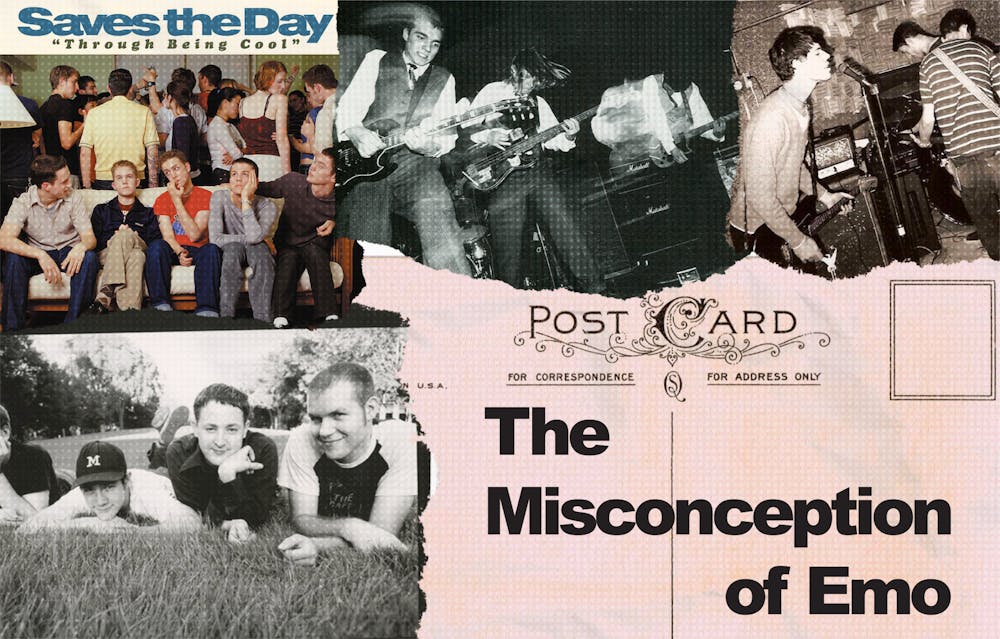Before you start asking me what my favorite My Chemical Romance album is, I have to stop you right there.
I love not that type of emo, but instead the genre of music that originated from the 1980s hardcore punk movement.
Now don’t get me wrong, I have nothing against people who rock skinny jeans and bangs. But that's not that the emo I'm referring to.
The emo music I've grown to love grew out of the Washington, D.C. DIY hardcore punk movement that was pioneered by artists such as Moss Icon and Rites of Spring. These bands were still characterized by the intense and fast-paced sounds associated with hardcore emo, but stood apart with their emotional lyrical content. The first emo-core — emo short for emotional — bands rejected the term (and even viewed it as an insult).
This musical wave disappeared as quickly as the label was coined, but its influence had already reached across the country.
The emo sound found a home in the midwest region and was popularized by artists like Piebald, The Promise Ring and American Football. However, the genre of midwest emo can be misleading because although that's where the sound originated, it is used more to describe a band’s sound.
For example, The Van Pelt are from New York City and the band Mineral hails from Austin, but both bands are generally referred to as midwest emo. This era is characterized by its jangly guitars, complex rhythms and a refreshing rawness that appealed to teenagers across the country.
The 2000s saw emo music reach mainstream success. Bands like Jimmy Eat World, Death Cab for Cutie and Saves The Day all rose to middling stardom.
The music genre then transformed into the counterculture movement that most people think of when they hear the word. This era was defined by acts like Fall Out Boy and Panic! At The Disco. Personally, I'm not a huge fan of the counterculture movement and don't regularly listen to music from this pop-punk era.



